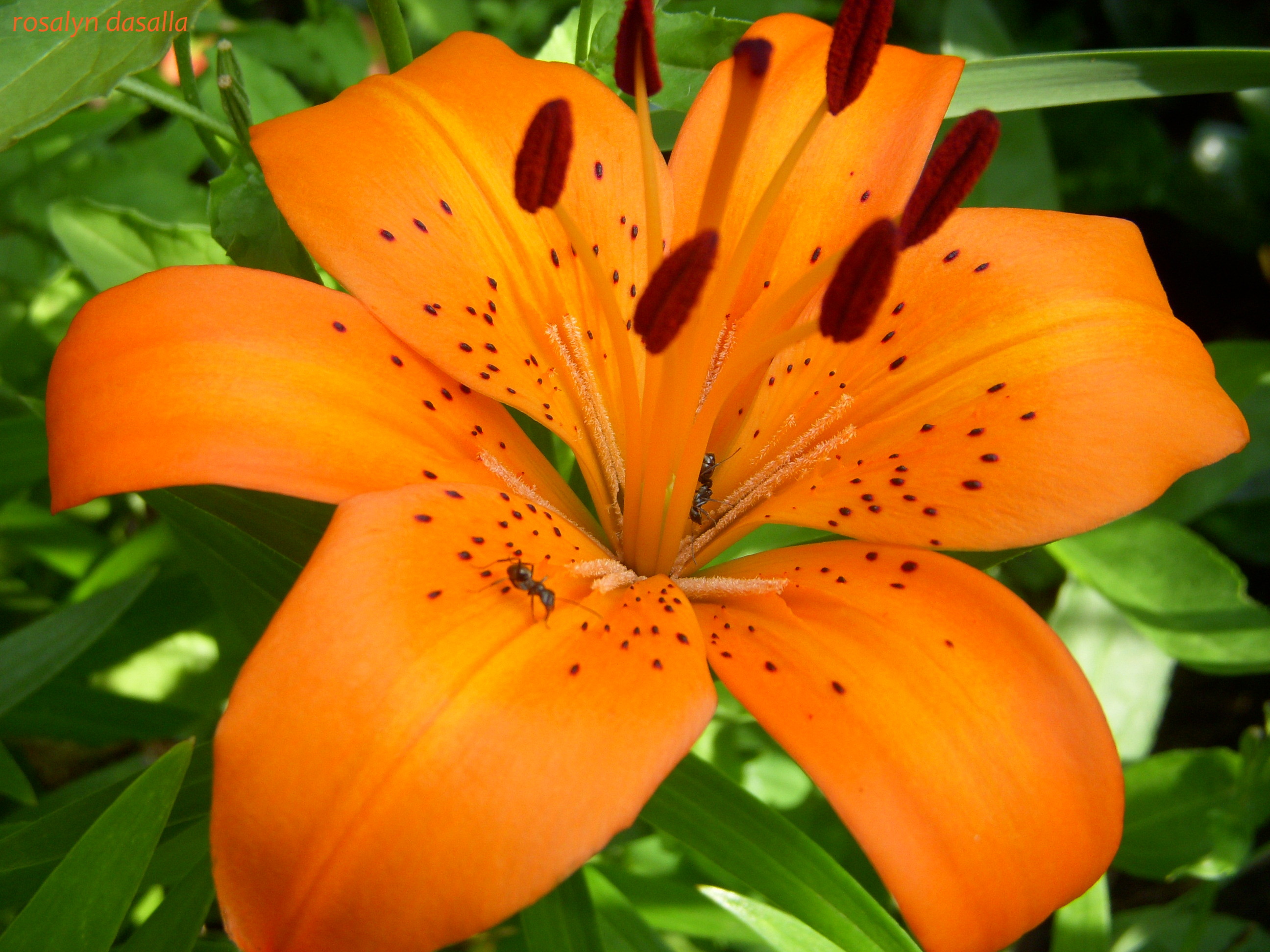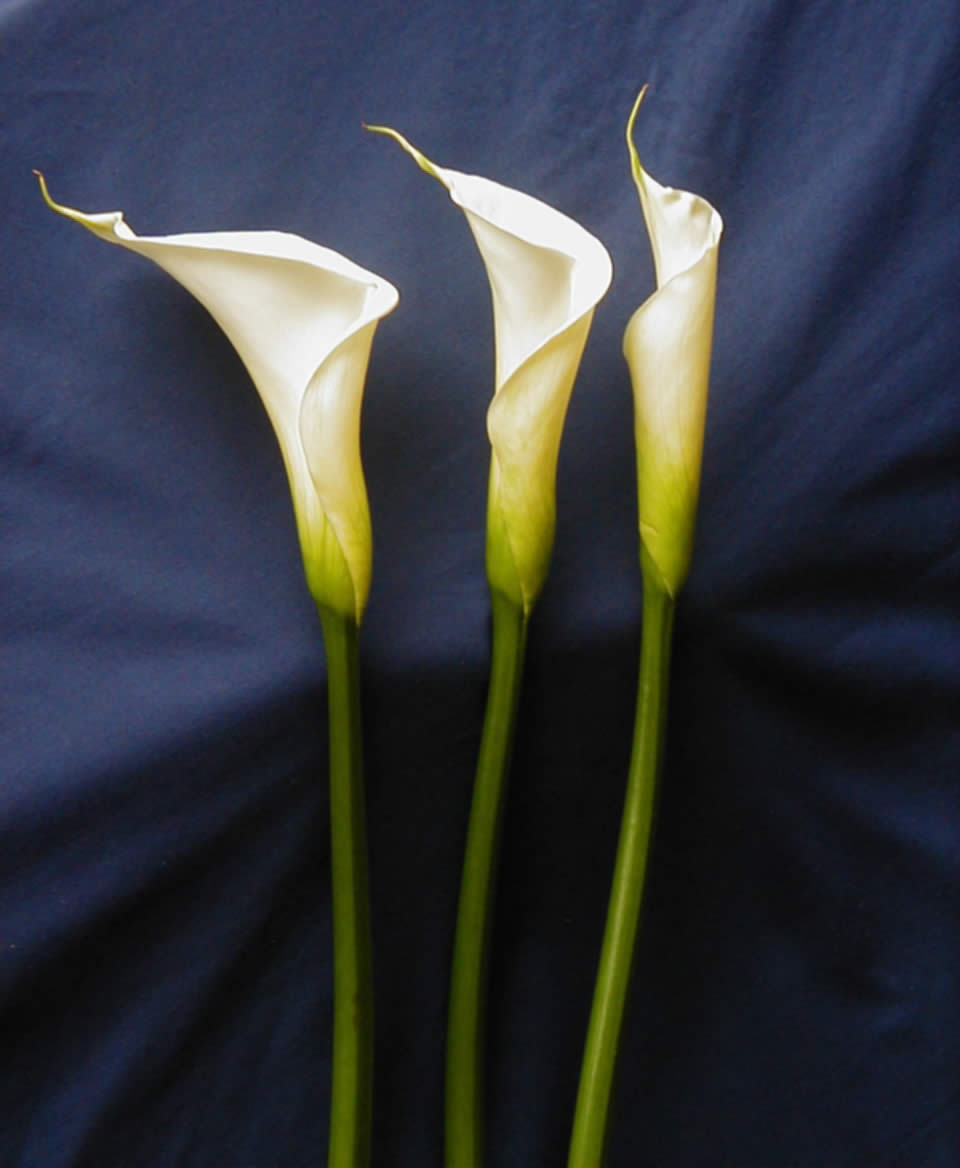
Tiger Lily

Tiger Lily

Tiger Lily

The Tiger Lily, bears large, fiery orange flowers covered by spots.The name ‘tiger’ probably refers to the spots on the petals.
The flowers of this perennial can grow up to three inches in width.The Tiger Lily is also known as the ‘Ditch Lily’ as it is found in and around ditches in large parts of America.
- Kingdom
- Plantae
- Division
- Magnoliophyta
- CLass
- Liliopsida
- Subclass
- Liliidae
- Order
- Liliales
- Family
- Liliaceae
- Genus
- Lilium
The Tiger Lily has a strong, sweet and distinctively lily smell. Besides producing a stunning spectacle, most parts of this plant are edible. There are two varieties of the Tiger Lily:
- The Oriental Variety: Propagates through bulbs that form at leaf axils.
- The Common Wildflower Variety: Propagates by tuberous roots.
The Tiger Lily is known by a host of different names in different parts of the world. Some of the synonyms are: Lilium tigrinum, Devil Lily, Kentan, Lilium lancifolium, Leopard Lily, Pine Lily, Lilium catesbaei, Columbia lily, Oregon Lily, Western Wood Lily, Chalice-Cup Lily, Western Red Lily, etc.
Facts About The Tiger Lily
- Tiger Lily was first described by the famous Swedish botanist Carl von Linne (Linnaeus) in 1753.
- The Tiger Lily has significant medicinal use. A tincture is made from the fresh plant and has proved of great value in uterine-neuralgia, congestion and irritation, also in the nausea and vomiting of pregnancy.
- Tiger Lily flower essence helps in suppressing aggressive tendencies in individuals and helps in holistic healing.
- Tiger Lily can often act as a carrier of viral diseases and so becomes a vector infecting other species. It is therefore better to grow this species well away from your other lilies
- Tiger Lily has some toxic effects on cats. It can produce vomiting, in appetence, lethargy, kidney failure, and even death.
- Tiger Lily has edible flower buds apart from edible roots and shoots. These can often have a bitter flavor. When baked, lily bulbs taste rather like potatoes.
- The best place to find dried Tiger Lily buds is in an Asian market. Look for soft buds, and store well in a cool, dry place. Tiger Lily buds must be soaked in warm water for about 30 minutes to soften them before adding them to dishes. The tough stem attached to them should be removed. Besides adding to Chinese dishes, they can enhance the flavor of egg dishes and salads.
- There is an old legend from Asia about the Tiger Lily. A Korean hermit helped a wounded tiger by removing an arrow from its body. The tiger asked the hermit to use his powers to perpetuate their friendship after his death. The hermit agreed and when the tiger died, his body became a tiger lily. Eventually the hermit drowned and his body was washed away. The Tiger Lily spread everywhere searching for its friend.
- There is a superstition that smelling Tiger Lily will give you freckles.
- The Tiger Lily stands for wealth and prosperity.
- The Tiger Lily, have six stamens (composed of anthers and filaments), one pistil (composed of the stigma, style and ovary), a long style, and a three-lobed stigma.











